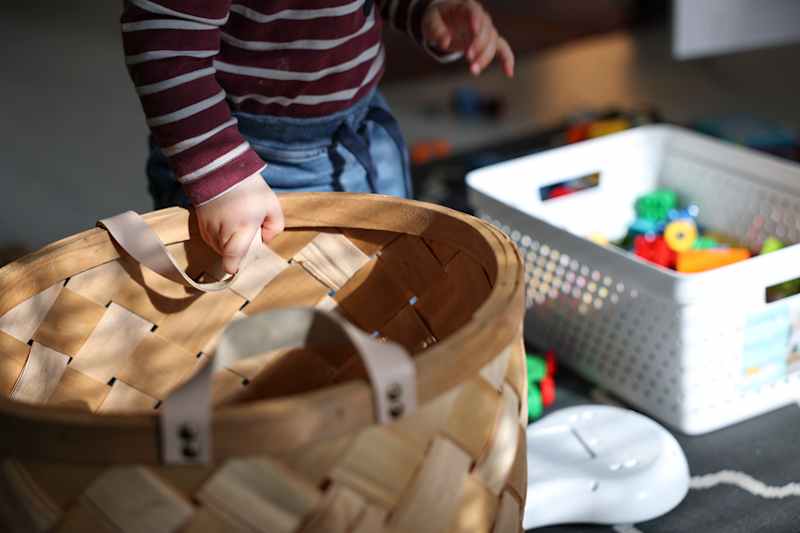Two out of three nursery school staff must have a qualification as an early childhood teacher or social worker by 2030. The current level of training is not sufficient to meet the need.
He got a permanent job soon after graduating from vocational school. She is now studying to be an early childhood social worker while working. Kalpio believes this will be a big help in her work.
– For two days I wondered whether to go back to school for more. In the end, it was an easy decision,” says Kalpio.
Across the country, there is a need for thousands of early childhood education professionals like Kalpio who are interested in pursuing a higher education degree.
According to the law, two-thirds of the personnel of every daycare center must be highly educated by 2030. Each group must have one nanny and two early childhood education teachers or a teacher and an early childhood social worker and a nanny. Now the minimum level is one teacher and two nurses.
A new goal may be impossible.

Keva: the shortage of nursery teachers is as acute as the shortage of carers
The industry is already suffering from a labor shortage. According to a report published by the public sector pension insurer Keva in March, there is currently a shortage of more than 6,000 kindergarten teachers.
According to Keva, the shortage of kindergarten teachers is just as severe as the shortage of nurses in healthcare. In their forecast, there are no signs of the situation improving in the next ten years.
The municipal association’s estimate is that there will still be a shortage of more than 5,000 professionals in our country’s kindergartens in 2030.
– Our calculation is based on the assumption that the participation rate in early childhood education will increase from the current level in accordance with the target. The goal is to raise participation to the Nordic level, to around 90 percent. Then it is clear that early childhood education professionals will not be enough.
Municipalities try to tackle labour shortages with universities
Similar arrangements have been launched in different parts of the country.
In Päijät-Hämee, in addition to Säde Kalpio, twenty other nannies took up the offer. Now the municipalities are tuning up a similar cooperation with the University of Jyväskylä on the possibility of training early childhood education teachers. The amount of training for social workers is believed to be sufficient.
– If this level can be maintained every year, it should be enough. For example, around 600 teachers and nurses work in early childhood education in Lahti. That number is enough, but we will have to change the focus so that in the future there will be about a hundred more teachers and social workers than now, says Harju, director of early childhood education in the city of Lahti.

The law in flux?
The municipality’s Lahtinen is skeptical about whether the appeal of the social worker’s duties is enough to ensure that enough students will apply for the education in the future at universities of applied sciences. Lahtinen says that the number of applications for sociologist training has already decreased.
According to him, there are several reasons. First of all, social workers graduating by the end of July this year will be the last to qualify for teaching positions. They may have a high threshold to apply for social worker positions, where the salary can be up to a good hundred euros lower than that of an early childhood education teacher, depending on the municipality.
Lahtinen wondered if it would be possible to create a sufficiently attractive job description for early childhood education social workers so that the university of applied sciences degree would be successful in the competition for the university.
– When in the future there will be three professional groups in daycare, child care workers, teachers and social workers, it can be challenging for municipalities to create meaningful tasks that are sufficiently different so that there is no overlap. When enacting the law, perhaps they didn’t think through to the end what these three employees can reasonably be made to do in the group, Lahtinen reflects.

A job waiting for a graduate
The Association of Municipalities is very positive that municipalities enable those in permanent employment to study more. It is considered to be a good help in reducing the labor shortage.
Carrots are also available for employees. The city of Orimattila pays Säde Kalpio’s degree fee to the open university, and he can study for more than three hours a week during his working hours. The most important reward awaits when the studies have been completed with honors.
– In two years, I will get a temporary social worker position in this workplace, and when we get a certificate of training, a permanent job will be promised, Säde Kalpio is happy.
